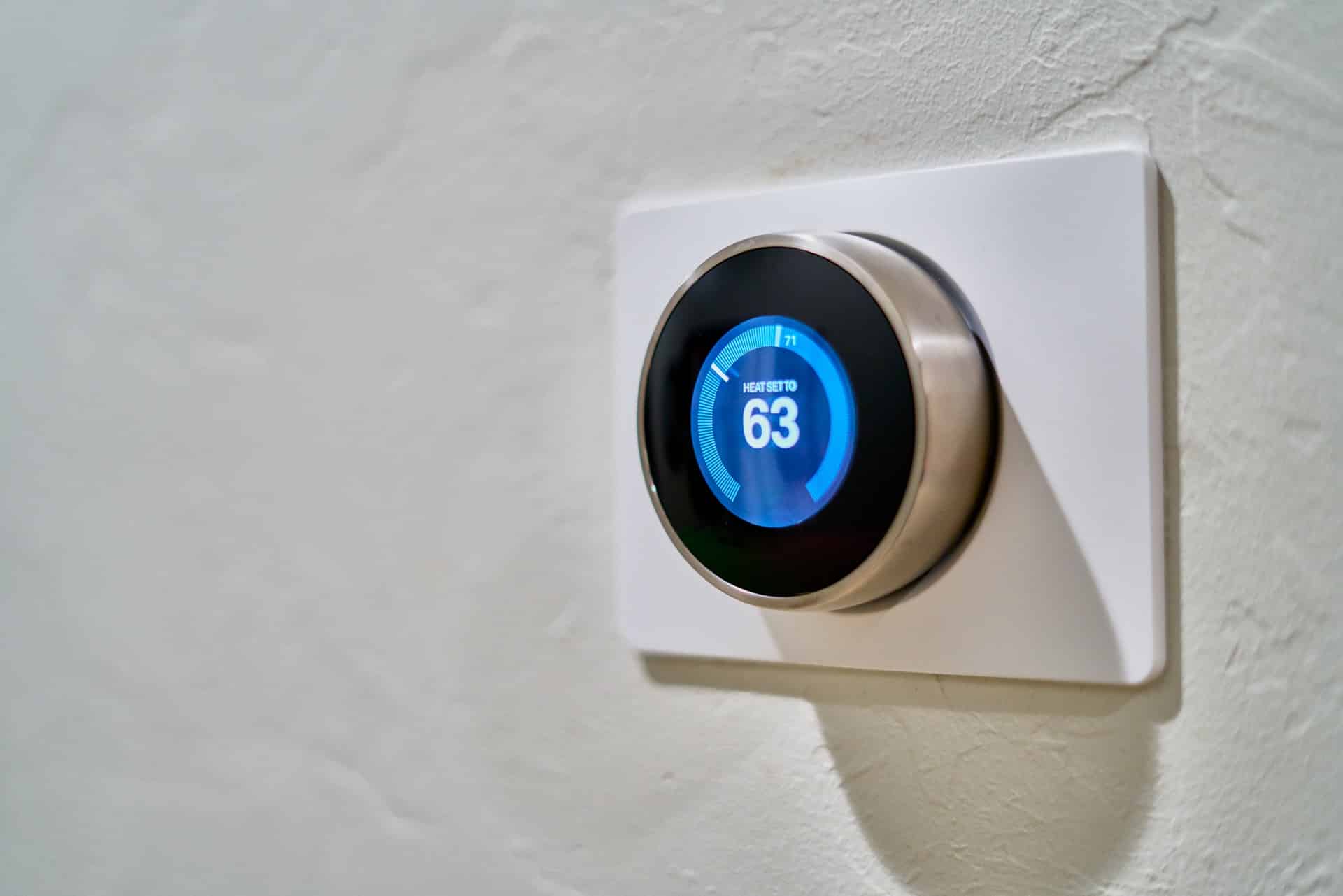Since the global expansion of the internet, we have witnessed folks all across the world seemingly attempting the impossible. Humankind seemed to have developed rapidly over time, and the Internet of Things (IoT) was essentially no exception to the furor of making life easier and less complicated.
When it became possible to move information from one gadget to another, the boundaries of what they might anticipate were pushed to the extreme. As it stands today, the Internet of Things allows for an organized amalgamation of state-of-the-art gadgets that may communicate data through a thoroughly unified system that offers a variety of benefits and services. Make sure you have a speedy internet that provides constant affinity to all of your internet-powered gadgets to get the most out of this incredible technology.
In case you are of Hispanic origin and are in search of a dependable internet provider, Suddenlink en español is a great choice because it meets the demands of practically every home in the USA. Suddenlink is the appropriate fix to all of your challenges, regardless of your budget or speed requirements.
With that in mind, let us take a look at what the Internet of Things has in store for us in the next years.
IMAGE: UNSPLASH
Optimization Of Traffic Flow
Many traffic difficulties could be reduced using machine-to-machine communication (M2M) via smart sensors. We can translate information into action by attaching sensors to smart cars and allowing them to interact with a central traffic control grid, allowing us to prevent or significantly reduce risks. There would be fewer traffic accidents because of this.
Intelligent Sensors For Common Sporting Goods
A common hypothesis revolves around the creation of a state-of-the-art racket instrument that essentially would send actual-time data about a current match to a user’s smartphone. The sensor essentially would be connected to the player’s racket, and whenever they hit the ball, the sensor immediately would dispatch data to the audience’s cell phone about the ball’s speed, and other details for each shot made while playing.
Changing The Environment
Whether at work or at play, the ecosystem that governs the monitoring and networking of all our devices will continue to develop, resulting in a large-scale revolution via the Internet of Things. Healthcare, smart home conception and smart city planning will be major influences, with entire cities and their citizens adopting the new technology as an effective and rising new ecosystem.
Improvements In IoT Security
A challenge for businesses considering an IoT pivot is that it necessitates a software team to design and manage cloud infrastructure and app developers so that your users can understand the data and make their own decisions.
Despite the fact that the technology has been around for a long time, IoT is still in its infancy in terms of regulation and security. Because many businesses strive to be the first to market their products, security frequently takes a second place. “Why would someone hack my Wi-Fi coffee machine?” is a common thought among consumers and businesses.
You may not be concerned about the coffee machine, but if your linked car or baby monitor were to be hacked, the repercussions of shoddy security might be disastrous. The attack surface is expanding as more devices are introduced into the public domain. According to surveys, enhancing security is more important than saving money on purchases. Customers must have ownership over their data in the future of IoT, and firms must gain public trust by resolving privacy and security issues.
Decentralized IoT Networks
More reliance is being placed on cloud service providers such as Amazon Web Services and Microsoft Azure, posing a bottleneck single-point-of-failure for networked devices. Unfortunately, as businesses obtain more market share and hence a larger attack surface, they become a more attractive target for attackers.
More reliance is being placed on cloud service providers such as Amazon Web Services and Microsoft Azure, posing a bottleneck single-point-of-failure for networked devices. Unfortunately, as businesses obtain more market share and hence a larger attack surface, they become a more attractive target for attackers.
The Blockchain approach to decentralized networks uses a distributed ledger of transactions shared across network nodes rather than a central server; nevertheless, Blockchain transaction encryption and verification are computationally costly, and IoT devices often have limited computer capability.
As more items become IoT-connected, cloud infrastructure and maintenance expenses will be strained. To evaluate data and make data-driven decisions faster, we will need to rely less on cloud-based tools. Companies and enterprises will have to decide whether to send data to the cloud or to handle it locally.
Wrapping Up
With new technology and access to information that we may not have considered feasible before, the future of IoT is bright. We may expect major changes in how our data is governed in the near future, as well as improved security legislation. The Internet of Things (IoT) will continue to be at the heart of a slew of new technologies that will alter our lives. This is a very interesting industry to be a part of right now.
IMAGE: UNSPLASH
If you are interested in even more technology-related articles and information from us here at Bit Rebels, then we have a lot to choose from.


COMMENTS